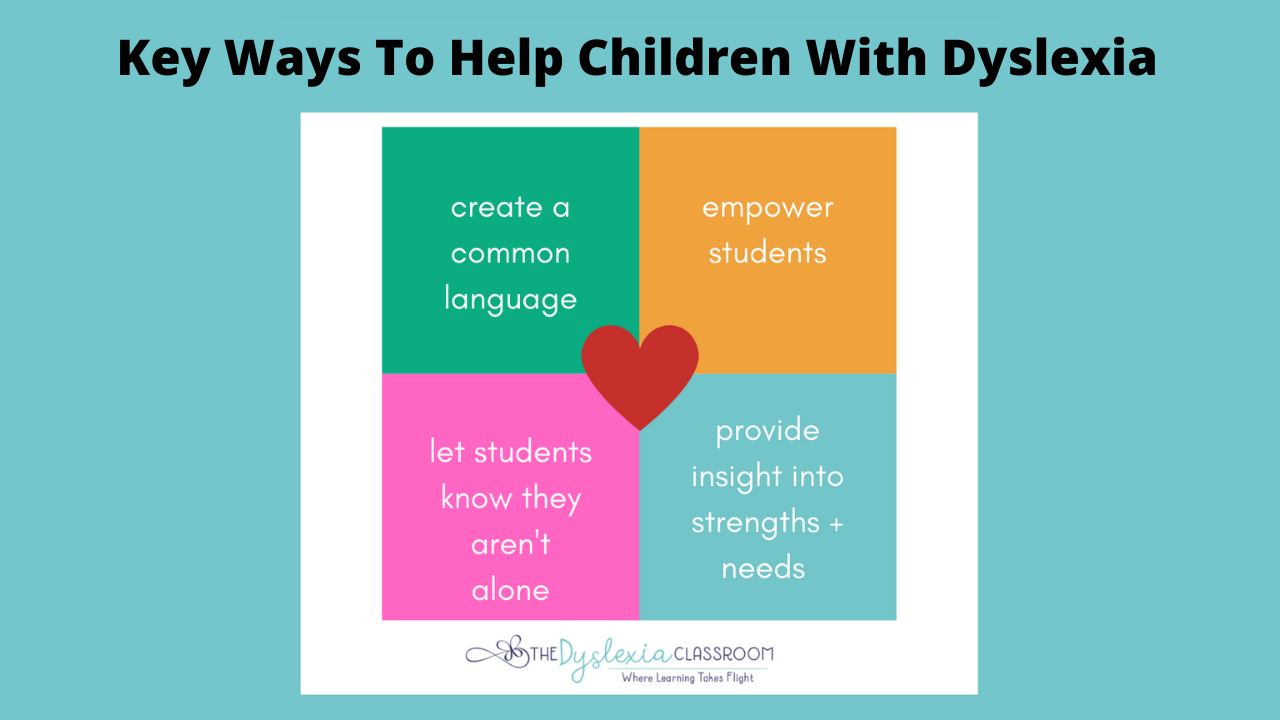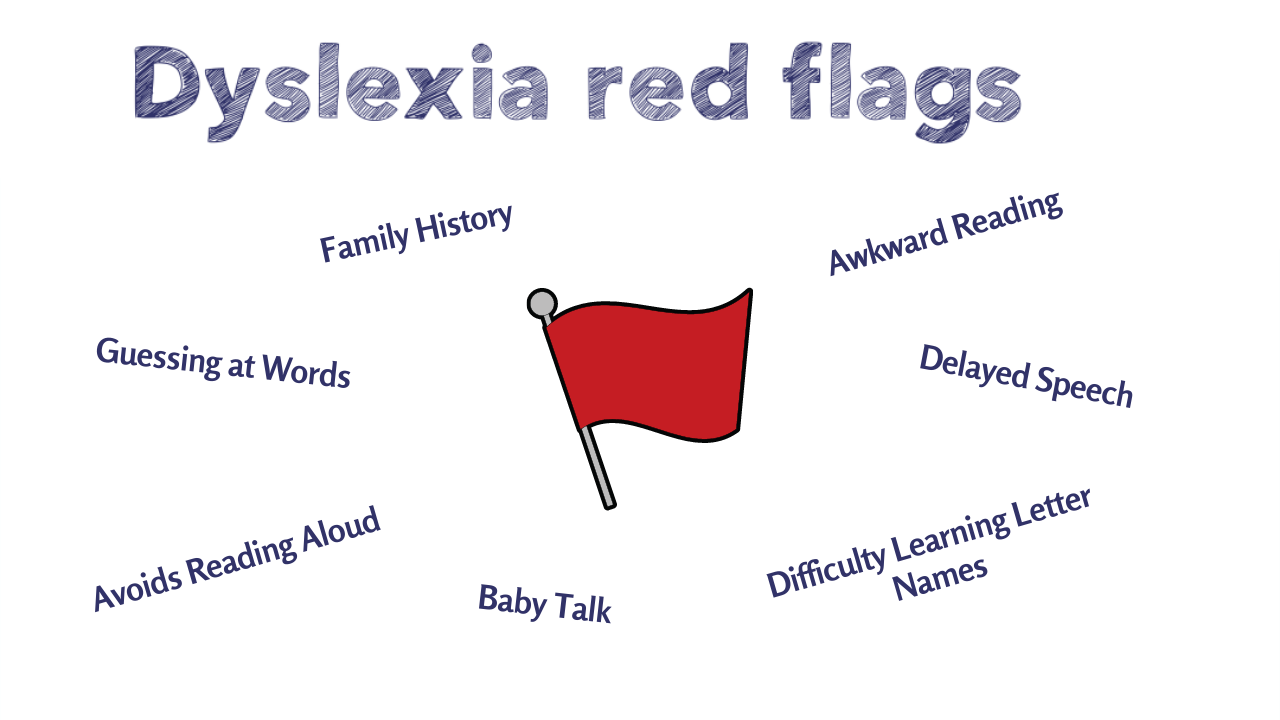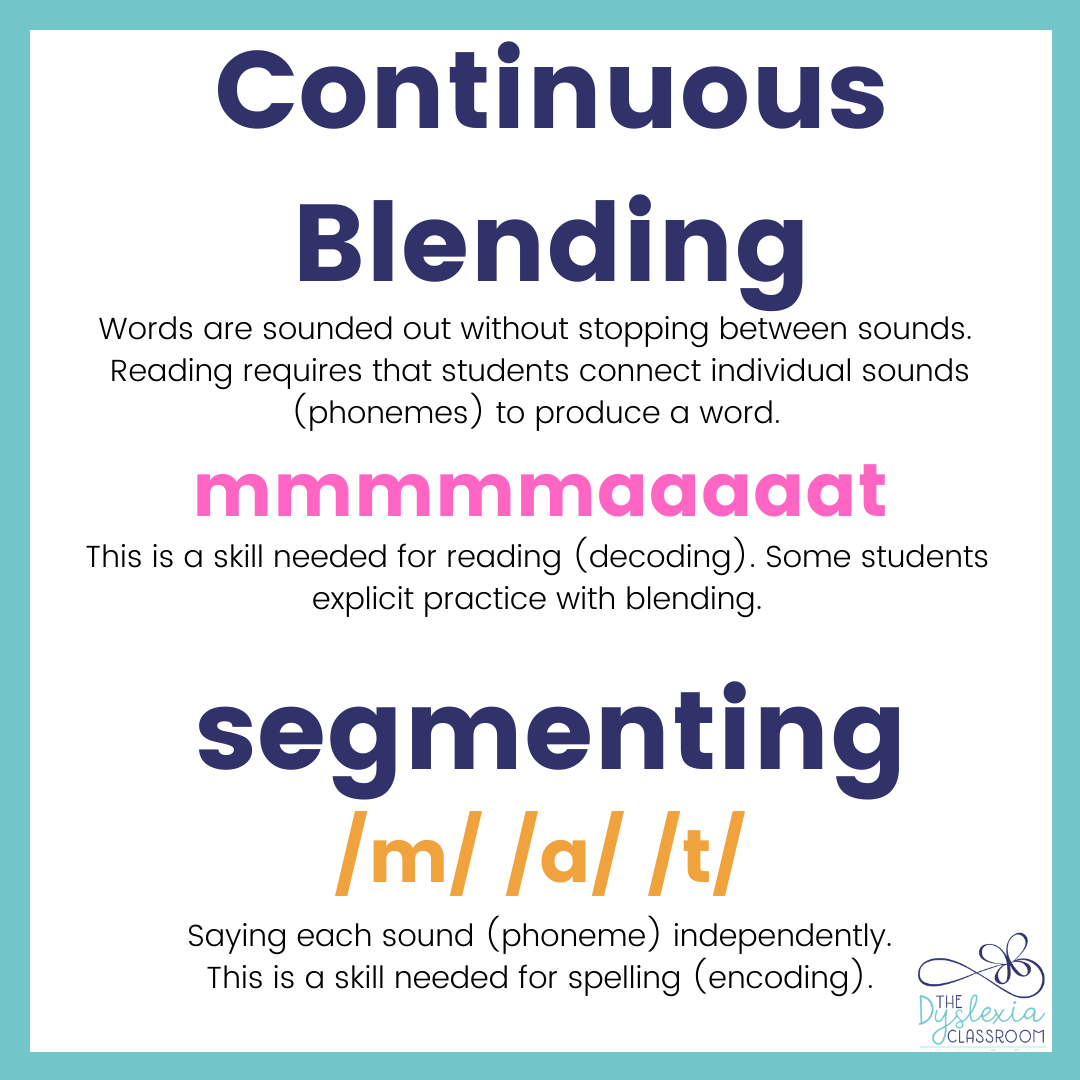7 Key Ways To Help Children With Dyslexia

Hi friends! This week I'm continuing our discussion on dyslexia, particularly how we can help our children with dyslexia. Have you ever paused and thought about how many times you are required to read throughout the day? Emails, notes, road signs, tickers under the news report, menus, letters, etc. The list goes on and on.
Reading well is something that many of us may take for granted. The ability to automatically see letters, and within milliseconds, have that transfer into a word connected to meaning. And yet, for many children and adults, literacy and reading well seem to be out of reach, but is it?
Absolutely not.
Our dyslexic learners, and all students, deserve instruction rooted in what the collective science says about how the brain learns to read. The ability to read well can no longer be accepted as something that is unattainable for specific groups.
We have years of research to show what is needed to unlock the reading code for our students, making reading well a realit...
Dyslexia Red Flags You Don't Want to Miss

Hi friends! Every time you show up for your students, speak up for accommodations and spread awareness of dyslexia, you are making an impact. While we want to promote dyslexia awareness all year long, October is dedicated to Dyslexia Awareness Month. This week, I want to explore a few ways that we can become informed about what to look for as a red flag that might indicate a child is being impacted by dyslexia.
We know that teacher understanding is critical to our student's success. After all, it is the teachers that teach, not a program. The more we as educators understand dyslexia, how the brain learns, structured literacy, and the research behind best practices for students with dyslexia, the better we can serve our students.

Strategies for Teaching Continuous Blending
Hi, friends. This week, the blog post is going to be slightly different. I've included a short video that will help you with the subject matter I'm chatting about with you this week.
Have you thought about how you can help students that know individual sounds but can't seem to put them together? Or, if they put them together, they drop sounds when blending?
Teaching continuous blending is a great strategy to help students connect sounds with decoding. Students that struggle with holding individual speech sounds with their phonological memory benefit from this instruction. Next, let's talk a little about continuous blending.

What is Continuous Blending?
Continuous blending is when words are sounded out without stopping between sounds. I model this in the video. Reading requires that students connect individual sounds (phonemes) to produce a word.
Why is this important? This is a skill needed for reading (decoding). You may find that some students need explicit practice with bl...
Creating a Dyslexia-Friendly Learning Environment

Hi, friends! This week is Teacher Appreciation Week, and today, I want to show my appreciation by having a sale on my teaching resources. In my teacher shop, I have dyslexia resources, printable letter tiles, blending boards, intervention resources, and more. Visit my resource shop to save today on tools to effectively support students with dyslexia. Click here to see the sale. I also have a free download that will add additional support in your classroom. Keep reading for how to access it.
Though Teacher Appreciation Week comes once a year, it doesn't mean that they don't deserve appreciation all year long. Teachers work incredibly hard at creating welcoming environments for their students. We spend countless hours preparing the learning environment so that our students feel that they belong. Classrooms set the stage for learning. Students with learning differences should feel seen, understood, and represented in their learning environments.
A dyslexia-friendly learning environment...
Why We Need to Say Dyslexia in Every Single Classroom

For those students with a language-based learning disability such as dyslexia, the knowledge, understanding, and approach of a classroom teacher can make all the difference in the world. When we talk about dyslexia and education, our primary focus is on addressing reading difficulties. Providing the appropriate instruction is essential for our dyslexic learners. However, we can't stop here.
The impacts of dyslexia are far-reaching. Dyslexia can impact academics, self-esteem, and beyond. We need to have a deeper understanding of dyslexia to see how it can impact all curriculum and social-emotional areas.

Each of these areas deserves its own blog, but today the focus will be on how dyslexia connects to academic areas within our schools. Dyslexia is a language-based learning difference, and many of our children will have difficulties in areas beyond reading class.
Looking at Reading Beyond Language Arts
Students with dyslexia have difficulty with accurate and/or fluent word recogni...
Segmenting: A critical skill for phonemic awareness

Children participate in the process of segmenting when they are actively engaging in separating words or parts of a word into syllables or individual phonemes. This is one of the most critical skills that children need to develop for phonemic awareness. It is important for building reading and spelling skills.
For students with dyslexia or other language-based learning differences, a deficit in the phonological component of language is often at the root of difficulties in reading and spelling. Students need foundational skills explicitly taught and practiced moving systematically through the hierarchy.
- identifying the number of words within a sentence
- identify the number of syllables within a word
- segment or break apart the onset and rime pattern
- segment the individual phonemes (sounds) within a words
Segmenting is taught through explicit instruction, but learning can be extended and practiced through games and activities. There are many engaging, hands-on ways to practice se...
Using Sand Trays for Multisensory Handwriting Practice

Summer is a wonderful time to relax and play in the sand. Using sand trays is a fantastic way to sneak in some multisensory pre-writing strokes and handwriting practice!
I have found that students of all ages love to use the sand tray in our therapy sessions. The use of sand trays provide kinesthetic practice for pre-writing letter formation and letter practice. The drag, or pull, in the sand helps build connections for the learner through what we refer to as multisensory practice, or when we are engaging at least three of the senses at the same time. When we use multiple senses at the same time, we have a higher chance of retaining the information.

Setting up a Sand Tray
-
Sand trays can be made with any kind of flat tray with sides (to keep the sand inside). I like cookie trays as they are magnetic, stackable, and reasonably priced. I painted my trays with black chalkboard paint prior to provide contrast in color - bonus is that they can be used as chalkboards too! (I LOVE to
...
Navigating the Emotional Response to School Closings - My Guest Blog Post on The Literacy Nest

Summer is usually one of my favorite seasons filled with daytime adventures, the delight of a more laid back schedule and late nights relishing in the laughter of my children and friends around the pool. This summer is unlike any other, and the amount of stress and trying to plan for the unknown has weighed heavy on me.

I was looking through my blog posts and I came across the one that I wrote as a guest blogger for the amazing Emily Gibbons, owner of The Literacy Nest. I originally wrote the post for the immediate emotional response to schools closing in the spring, however, I feel that so much of it remains true even today as we begin to try and plan for what fall schooling will look like. If you haven't had a chance to read it, or even if you did and need a little boost in strategies to help navigate our children's anxieties about school and these unusual times, check out my post that gives 9 tips to help you navigate the emotional response to school closings.
What is a CALT?

The title of CALT, or Certified Academic Language Therapist, was one that was new to me in the year 2008 even though I was eleven years into my career as an educator. I had worked as a classroom teacher, lead teacher and literacy coach, reading interventionist, district literacy facilitator, and curriculum writer. Even with all of this experience and trainings, I had never heard of the CALT certification. I had been trained in many different approaches and programs, and yet I knew that there were students that were falling through the cracks.
This sent me on a personal mission to learn more about dyslexia, and to seek out training to better help all students and educators. Twelve years later, I know that seeking highly focused training in the science of reading was the best decision that I made, as it set me on a new path in my educational career and provided me with the necessary skills and knowledge to best help students with dyslexia.
A Certified Academic Language Therapist (CA...



